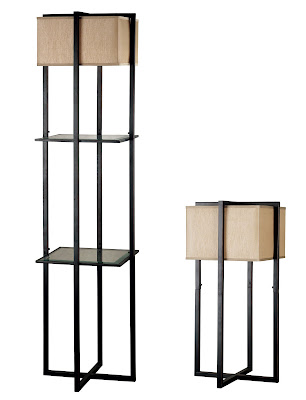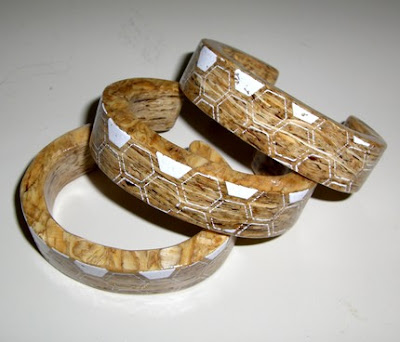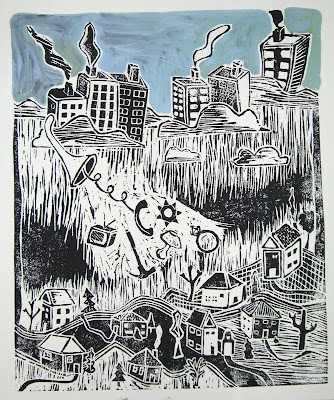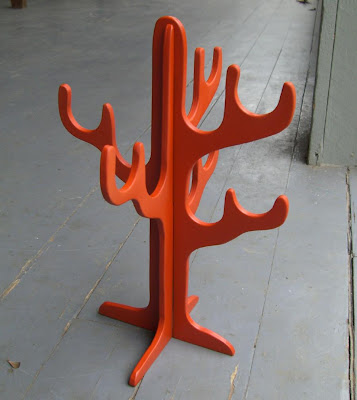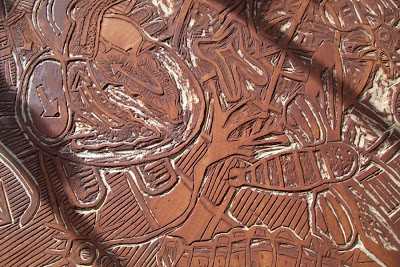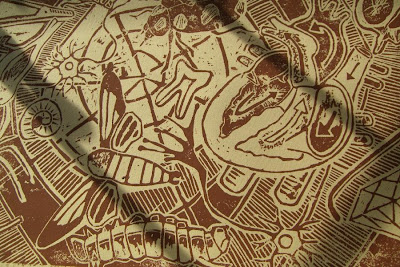Since moving to Jacksonville, I haven't had quite the woodworking facilities that I'm accustomed to. I've been making do with a few trips to SCAD's furniture shop and to my parents' house... but I just can't produce the volume that I used to, mainly because now I have a full time job.
So, I decided to take up a new (old) hobby: pottery! I loved sculpture and pottery so much in highschool that my dad built me a pottery wheel, but I haven't even seen it in years. Anyway, here I am with some fresh bowls:

I am certainly enjoying clay again, but I could never leave my favorite material; plywood. Especially not after the awesome
writeup that I got on Babygadget!
A little excerpt:
"Looking to add a little 3-D design to your nursery decor? Consider these beautiful sculptures by Sara Schalliol. An industrial designer by trade, this Southern girl spends her evenings working on structural gems for you and me. With their minimal lines and graceful forms, Sara’s plywood creations are contemporary yet somehow soothing - perfect for modern Moms and babes (and Dads!). The orange bird would be great hanging over a crib or changing table. And the dino? He'd be fab just about anywhere. If you're not as obsessed with orange and natural as I am, Sara's sculptures do come in many other colors. All her work ships flat and is easy to assemble."
It certainly made my day, especially since it seems to have generated a lot of interest and a few sales for my birds!



